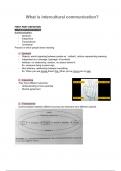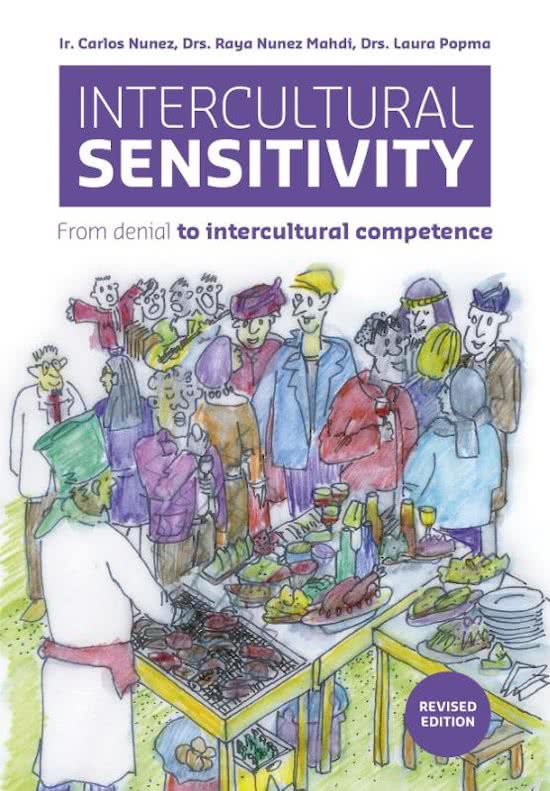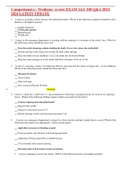Resume
Summary intercultural & inclusive skills
- Établissement
- Arteveldehogeschool (Artevelde)
This document is an insightful exploration of intercultural communication, focusing on the symbolic, interpretive, transactional, and contextual nature of communication. It delves into cultural dimensions, barriers, and values, referencing key frameworks like Hofstede’s and Trompenaars' dimension...
[Montrer plus]








